Best Smart Ring: STEPS 👣
Which smart ring tracks steps the most accurately? I spent a week using the StepWatch 5 ankle device as a reference to compare the step-tracking accuracy of the best smart rings and other popular wearables. How did favorites like Oura, Ultrahuman, RingConn, Whoop, and Garmin perform?
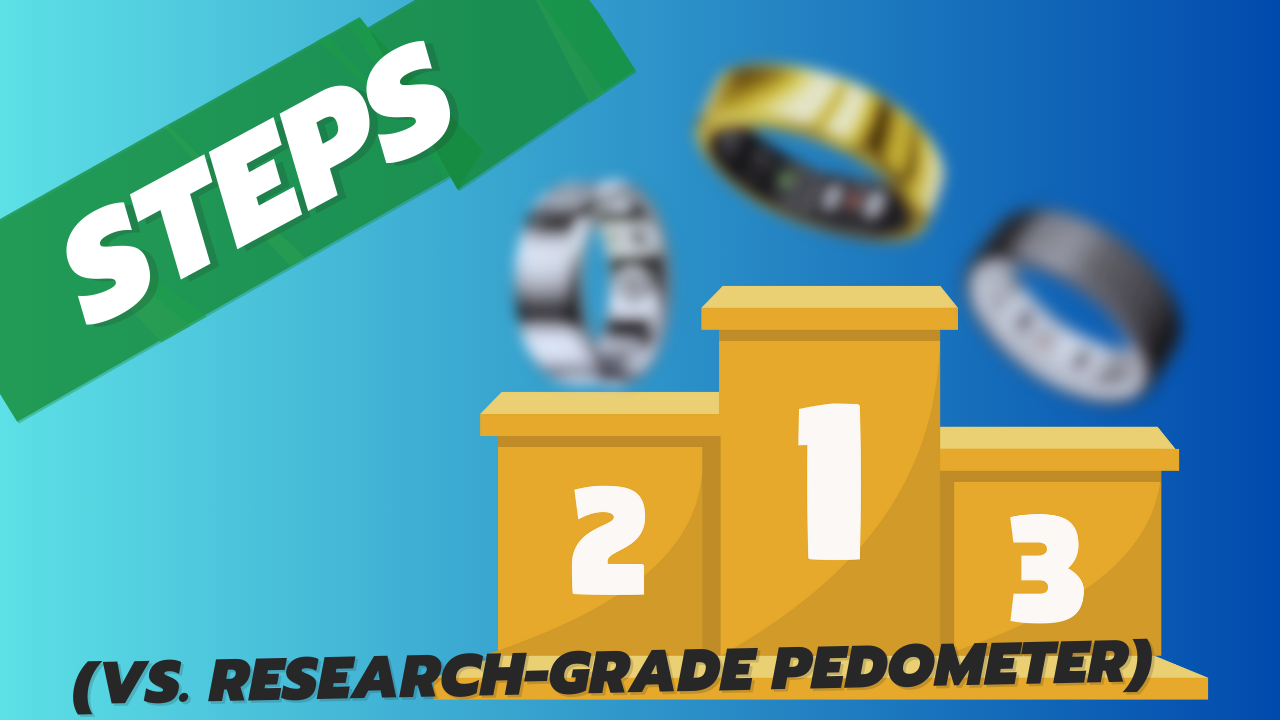
If you read the previous article on sleep tracking (if not, be sure to check it out: Best Smart Ring – SLEEP 💤), you know that the “Best Smart Ring” series offers detailed and science-backed comparisons of wearable tech.
In this article, you’ll learn:
- 🥼 How the week-long step tracking with the StepWatch 5 was conducted
- 📈 How accurately smart rings track steps compared to the StepWatch 5
- ⌚ How precise the Garmin Fenix 8 and the Whoop fitness tracker are
- 🥇 Which smart ring tracks steps the best
- 📉 What the real measurement deviations are among popular wearables
- 🤔 Final thoughts – are smart rings better than watches?
To quickly navigate the article, click on the section you’re interested in ⤴️. For full context and continuity, we recommend reading the entire article.
Let’s dive in 💥
🥼 How was step tracking conducted using the reference device StepWatch 5?
To determine the accuracy of step tracking, I decided to use the professional-grade StepWatch 5. This is a specialized band worn above the ankle and is widely used in scientific studies thanks to its proven accuracy (99% ±1.5%).
For over a week, I wore the StepWatch 5 on my left leg, while my wrist, bicep, and especially fingers were packed with a whole army of wearable tech. Specifically, these devices:
💍 Smart Rings:
- RingConn Gen 2
- Oura Ring Gen 4
- Samsung Galaxy Ring
- Ultrahuman Air
- Circular Ring
- Circul
- EQ R3
- Amazfit Helio
- Aizo
⌚ Sports Smartwatches/trackers:
- Garmin Fenix 8
- AWU (Apple Watch Ultra)
- Whoop 4.0
Thanks to this continuous testing, I was able to collect objective data on how accurately each device tracks the actual number of steps.
For a full 8 days, I avoided activities where common wearables typically fail at estimating steps — such as using a treadmill desk, pushing a stroller, using a wheelchair, etc.
Instead, I focused on real, everyday life activities. See more in the gallery.
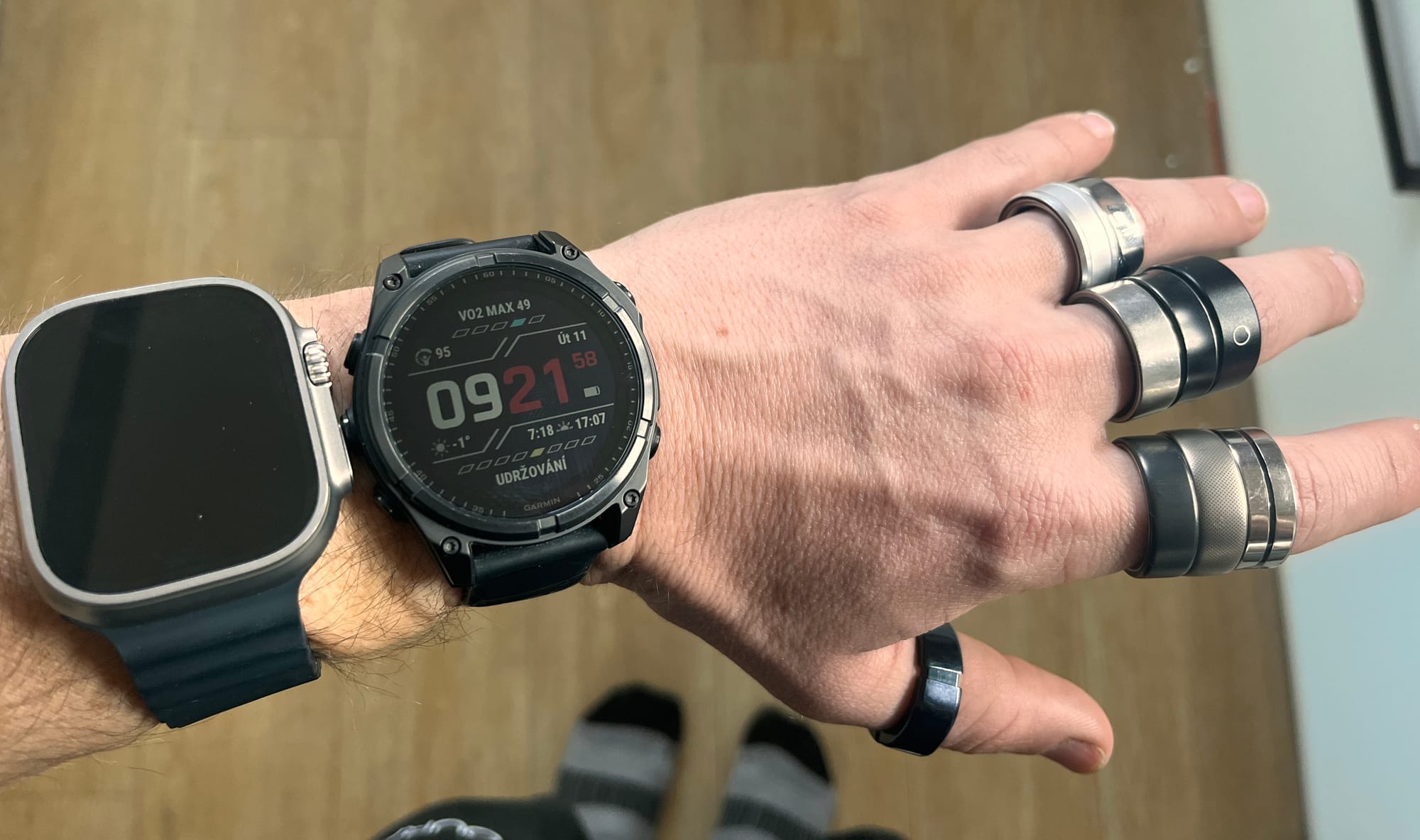
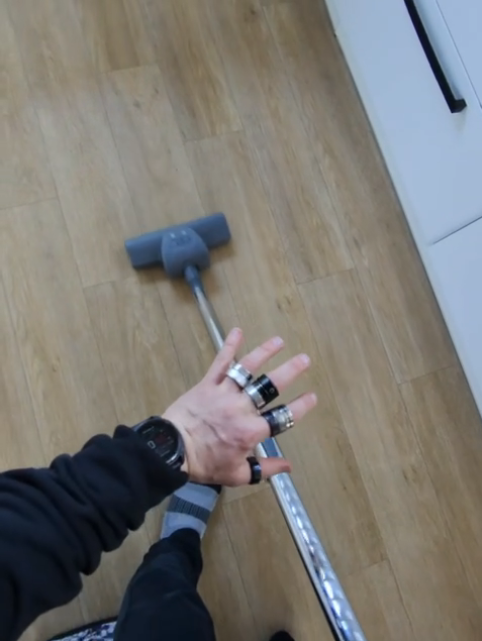
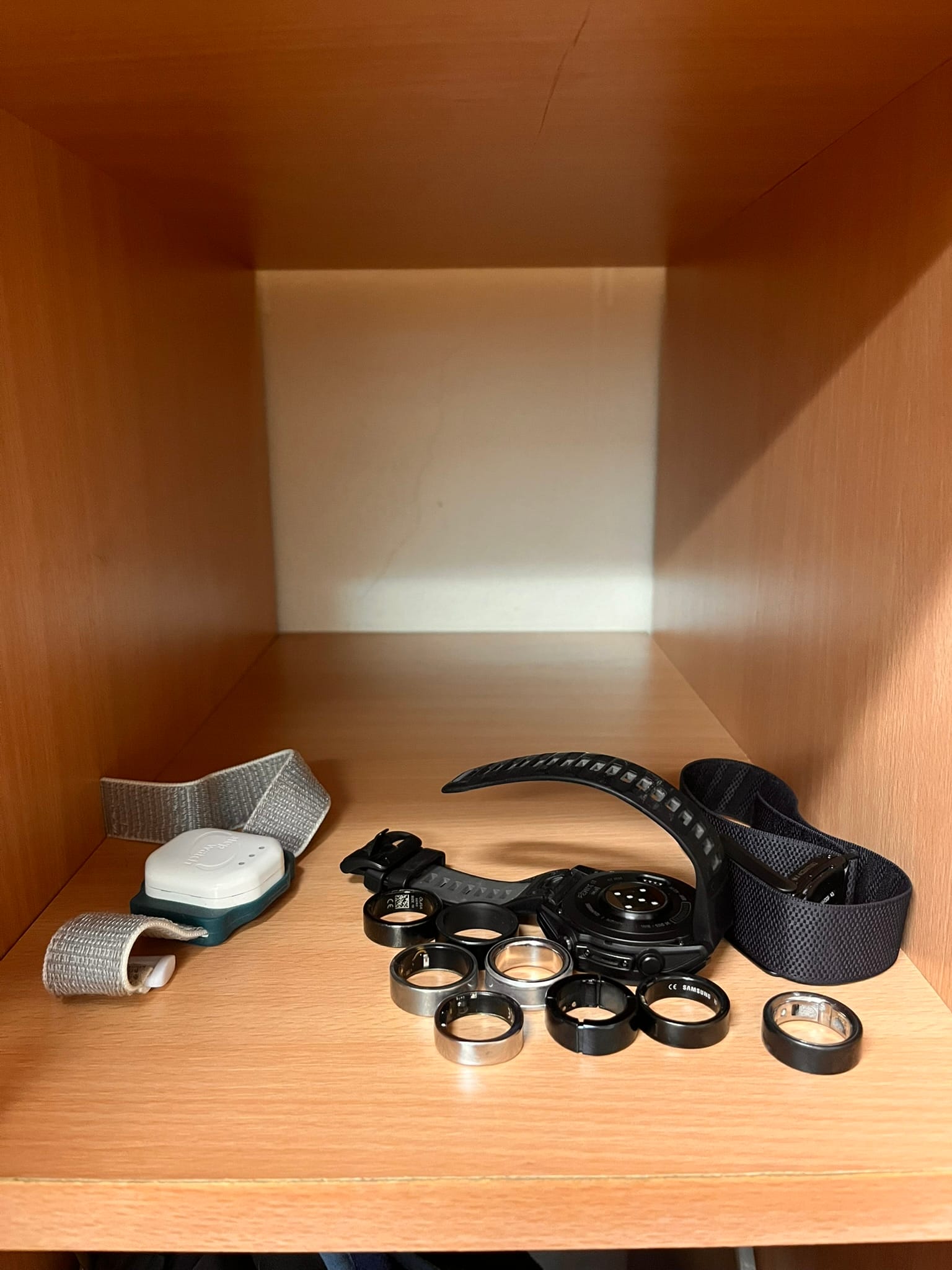
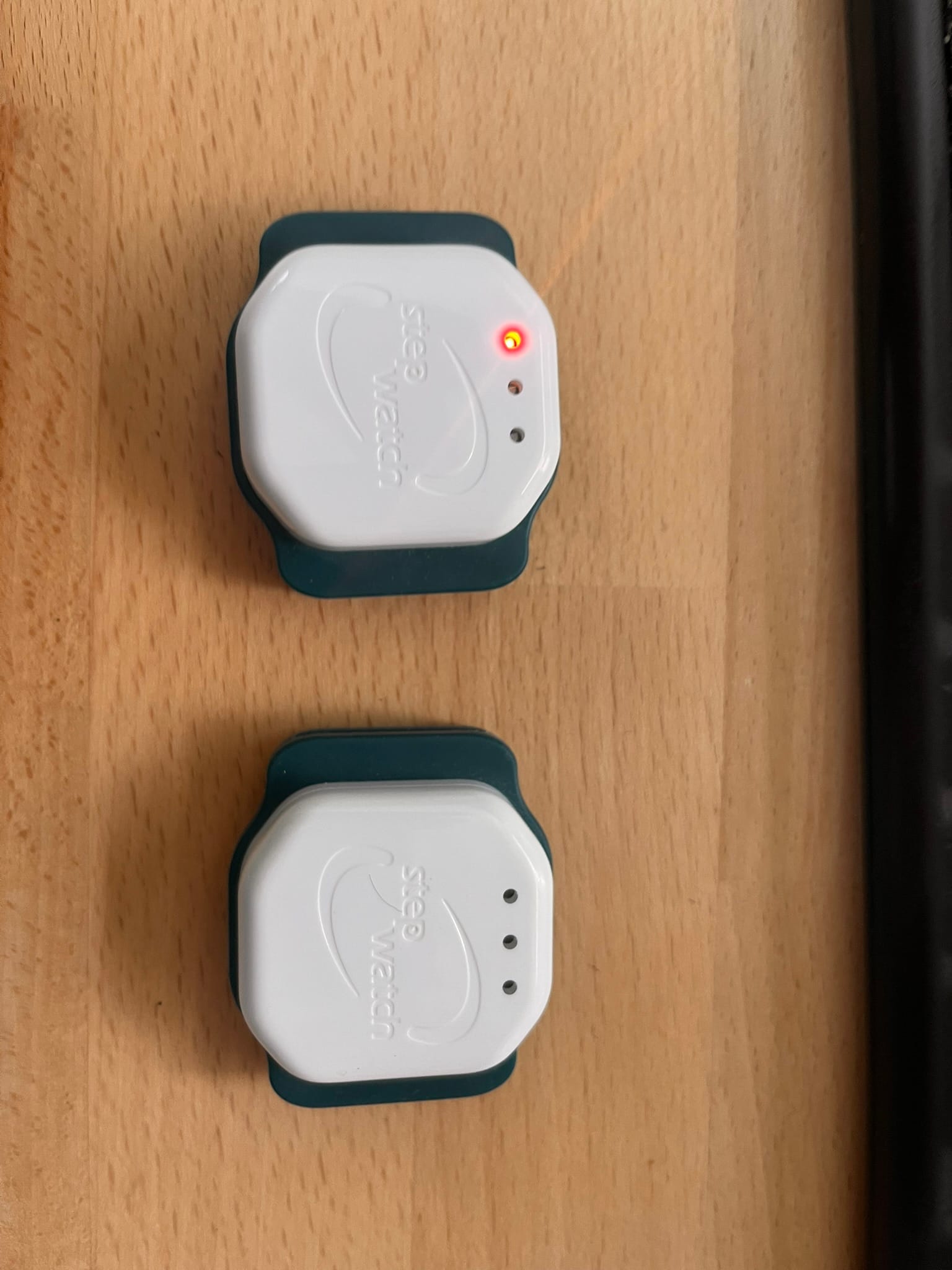
📐 How Do Smart Rings and Watches Actually Track Steps?
The StepWatch measures steps directly from leg movements, while smart rings and watches estimate steps based on accelerometer data from your wrist or finger.
Because of this, discrepancies can occur during specific activities — like holding a phone or walking with your hands in your pockets.
The result is a certain deviation from the actual number of steps.
Deviation refers to the difference between the step count recorded by the reference device (StepWatch 5) and the number shown by your wearable.
Equally interesting — besides deviation — is correlation.
Correlation ranges from -1 to +1. A correlation of +1 means a perfect match — if the step count on the StepWatch goes up, it increases proportionally on the other device as well. A correlation close to 0 indicates there’s virtually no relationship between the data. On the other hand, a correlation of -1 would mean the exact opposite — when step count increases on one device, it decreases by the same amount on the other.
In other words, we’re looking for a device that gets as close to 1.0 as possible.
| Ring | 🔗 Correlation | 📊 % Deviation | 📏 Absolute Deviation |
|---|---|---|---|
| RingConn Gen 2 | 0.95 | 23% | 2,872 steps |
| Oura Ring Gen 4 | 0.86 | 36% | 4,286 steps |
| Samsung Galaxy | 0.86 | 53% | 6,235 steps |
| Ultrahuman Air | 0.93 | 44% | 5,246 steps |
| Circular Ring | 0.94 | 46% | 5,489 steps |
| Circul | 0.58 | 18% | 2,265 steps |
| EQ R3 | 0.97 | 30% | 3,227 steps |
| Amazfit Helio | 0.89 | 39% | 4,745 steps |
| Aizo | 0.95 | 13% | 1,498 steps |
How Accurate Are the Garmin Fenix, Whoop, and Apple Watch Ultra?
I also included three popular devices outside the smart ring category in the test.
Do smartwatches or fitness bands perform better than smart rings?
| Device | 🔗 Correlation | 📊 % Deviation | 📏 Absolute Deviation |
|---|---|---|---|
| Garmin | 0.97 | 32% | 3,520 steps |
| Whoop | 0.83 | 67% | 7,309 steps |
| Apple Watch Ultra | 0.88 | 43% | 4,817 steps |
The Garmin Fenix 8 (unsurprisingly) showed a very solid correlation, but once again significantly underestimated step counts. The Apple Watch Ultra didn’t impress, and Whoop performed by far the worst.
In its defense, step tracking is still in beta for Whoop, and I wear it on my bicep, which makes this kind of tracking more challenging.
If you’re already full of numbers, you can take a look at the day-by-day step comparison chart instead:
In the chart, you can visualize both evaluated metrics. Correlation is visible in how closely the devices follow the trend of the reference StepWatch. Deviation is reflected in the size of the “gap” between the tested devices and the reference values.
🥇 Which Smart Ring Tracks Steps the Best?
The results are a bit more challenging to interpret, but what we’re looking for is a ring that offers the best balance of high correlation and low deviation.




